Here’s why its so hard for ICE to deport migrants accused of a crime in NYC: ‘Big logistical headache’
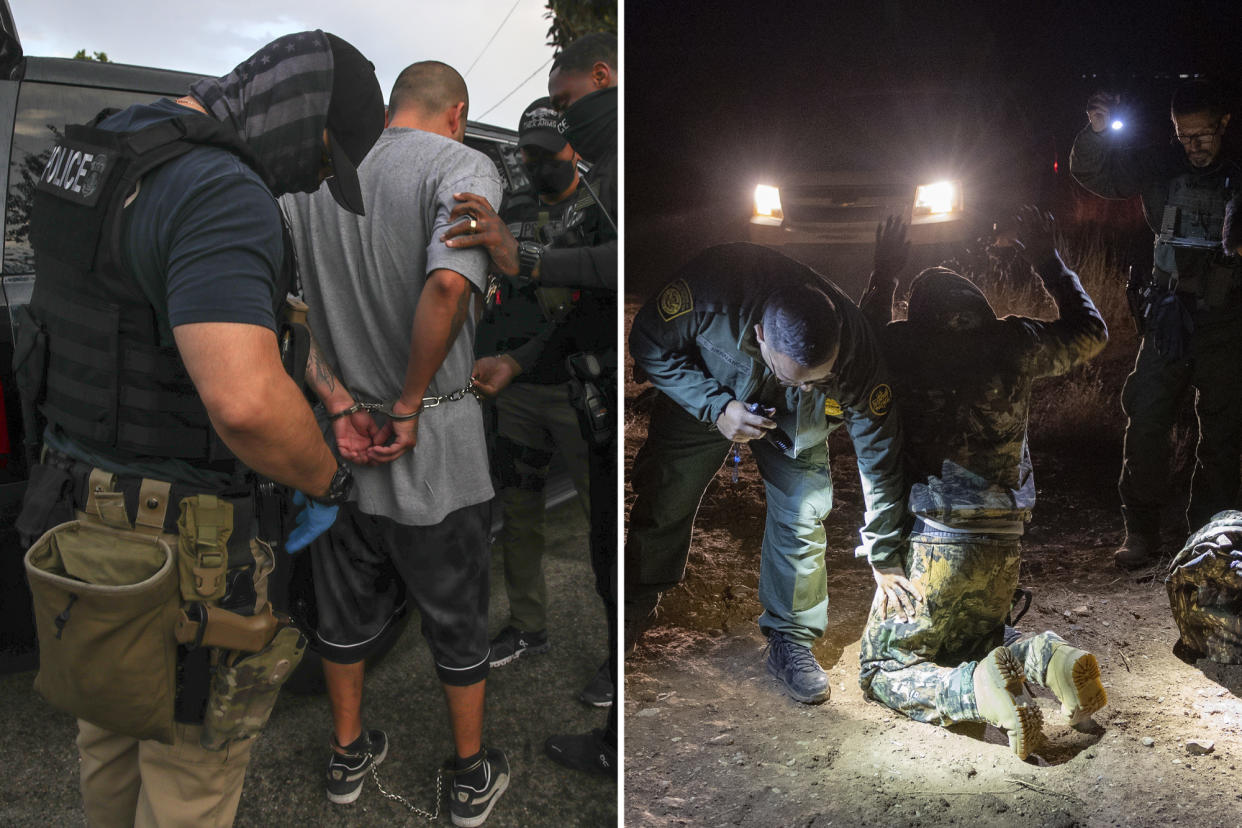
As New York City grapples with a wave of migrant crime — punctuated by recent-high profile incidents that left cops injured — many have wondered why federal immigration authorities aren’t deporting suspected criminals at a more rapid rate.
But immigration experts told The Post on Tuesday that it can be hard — both legally and logistically — for the feds to remove migrants before they’re convicted of a crime.
They said some of the difficulty stems from the city’s sanctuary laws, which bar local police from contacting US Immigration and Customs Enforcement or honoring “detainers” the federal agency puts out.
A current ICE official told The Post that the sanctuary city laws are helping propel the recent crime wave — which includes the April 2 incident in which two Venezuelan migrants accused of shoplifting in Manhattan fought back during arrest.
The NYPD, the official said, “will not contact immigration at all.”
“ICE has no idea,” the official said, adding that the city also bars the agency’s officers from entering its shelters to make arrests.
If ICE does take someone into custody, the agency can start the removal process fairly quickly, and it will do that in certain cases, such as after a conviction.
But experts said the agency is often picky about whom it pursues. For instance, ICE can arrest people simply for being in the country illegally — and it did so thousands of times in the Big Apple last year, according to The City.
But if a migrant is arrested for a more substantive crime, the agency will typically wait for the legal system to do its job, according to Robert Osuna, a criminal defense attorney in Manhattan who often works immigration cases.
“If they’re not convicted, [ICE] generally doesn’t take them because then it becomes a big logistical headache,” Osuna said.
“If ICE was to take everybody who was in Rikers Island who was subject to removal proceedings, and they put them in immigration holds, the local prosecutors would have a nightmare of trying to get them each time you have to produce them [for court].”
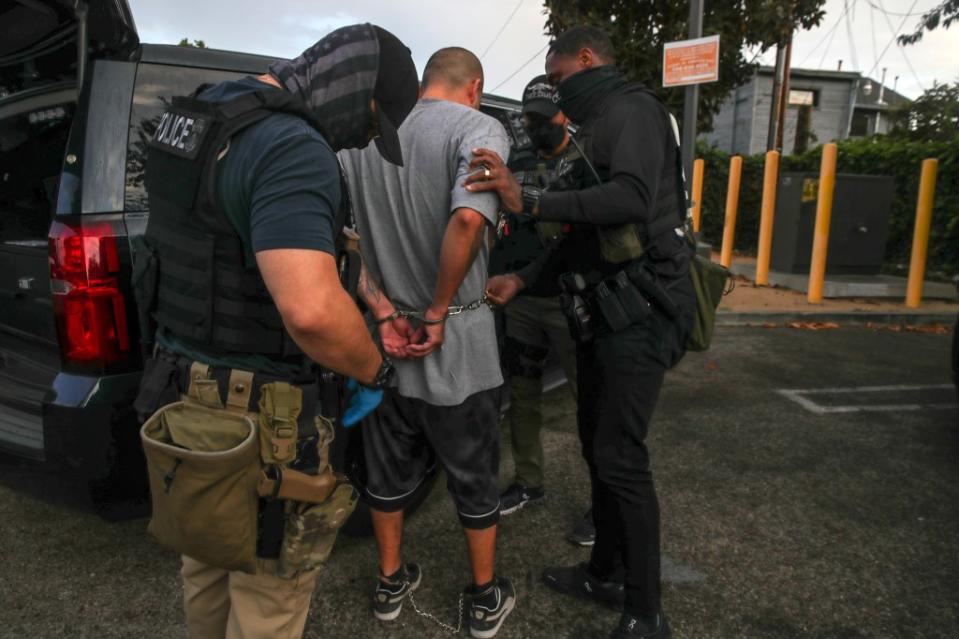
The agency also isn’t really targeting low-level criminals who commit relatively minor crimes like shoplifting, he said.
“They’re allowed to have their priorities,” Osuna said.
“And ICE has deprioritized these small offenders. For what? I don’t know. But it’s ramping up, because the election’s coming near.”
Two specific sanctuary laws have proven particularly contentious.
One stops the city from honoring ICE’s requests to hold someone for possible deportation — unless they’ve been convicted of specific violent offenses and a judge has signed a warrant for their removal.
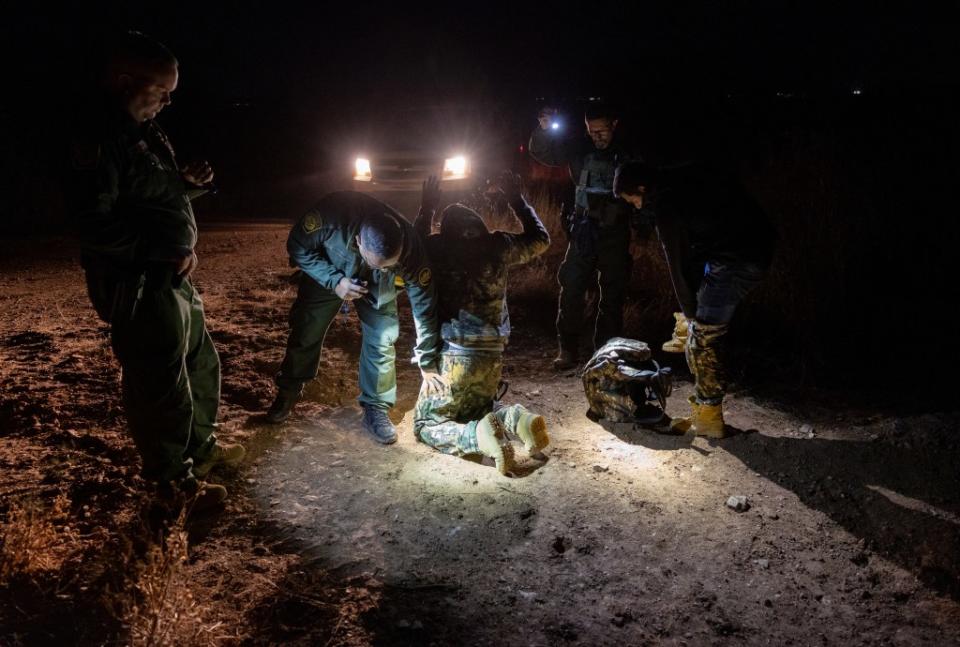
The other bars the use of city resources to help immigration enforcement.
But even if ICE made the collars, it’s still hard to send them back to countries like Venezuela, which continues to refuse deportation flights that return its own citizens, former ICE field office director John Fabbricatore told The Post.
“Because Venezuela is a recalcitrant country that refuses to accept back its citizens, we have a situation where there is no deterrent for the criminals that have entered the country illegally,” said Fabbricatore, who is now running for Congress in Colorado’s 6th District.
Whenever ICE agents make the arrest, cases are reviewed to figure out whether they’re a “priority” for enforcement, the official said.
The arrests and custody determinations are made case-by-case, and are often influenced by the severity of the crime and the suspect’s standing.
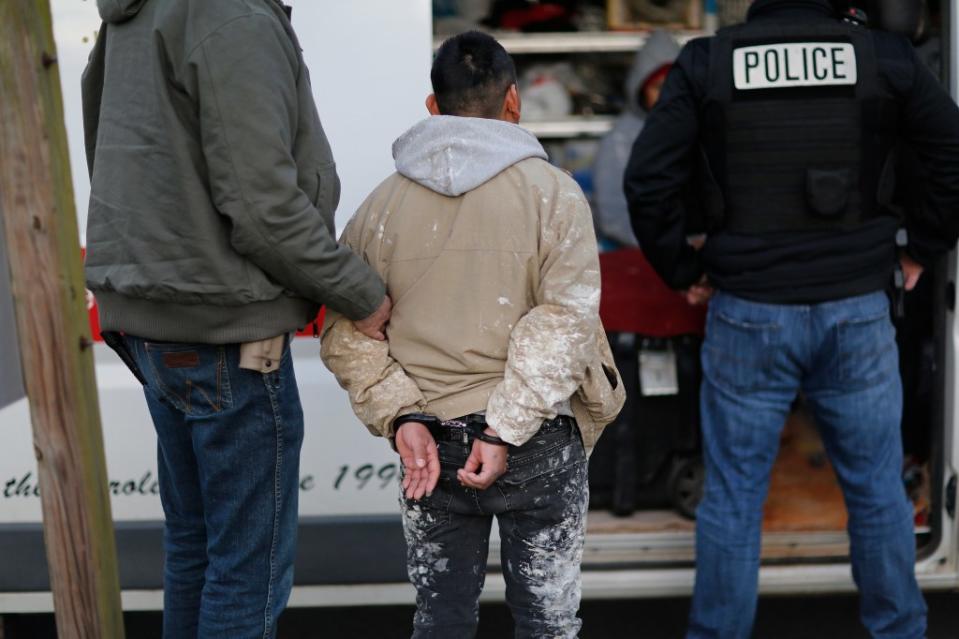
Further complicating matters, ICE is limited on bed space, the official said. And in some cases, the agency releases lower-level criminals to free up room for those considered a higher priority.
“Cases like this highlight the issue and show that illegal aliens no longer fear deportation,” Fabbricatore said.
The Post has reached out to ICE for comment.
Michael Wildes, a New York City immigration lawyer, said migrants accused of crimes should be able to get their day in court before the feds move to deport them.
“You don’t deport somebody without first giving them a day in criminal court,” Wildes told The Post on Tuesday.
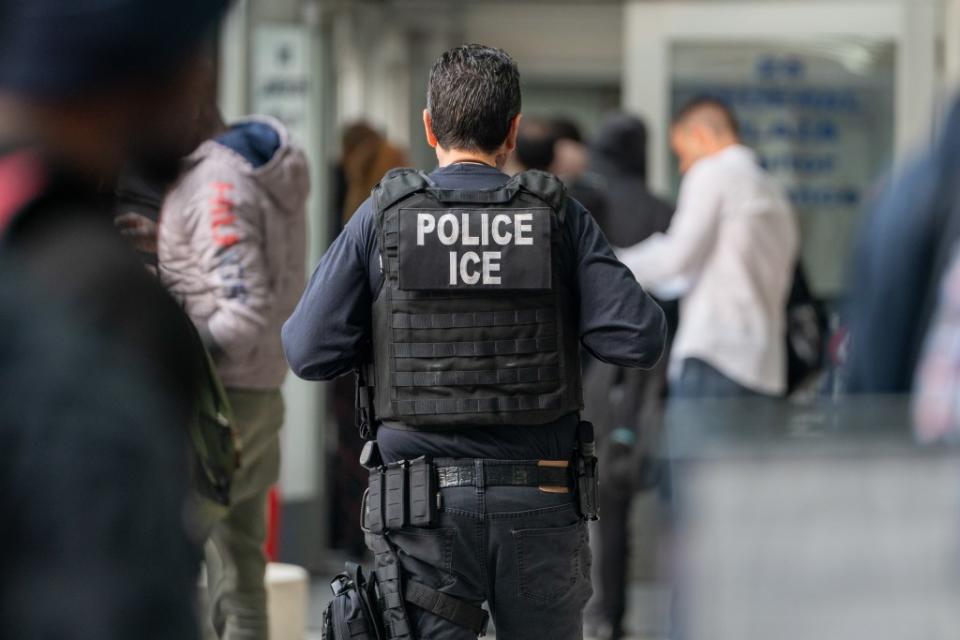
“Once they’ve had their day in court, if they’re guilty, they serve their time and then they go, courtesy of ICE, directly onto an airplane.”
“But that’s the politics of the day, unfortunately,” he continued.
“It seems that we’ve gone too easy on people who commit crimes.”
Many have echoed concern over the sanctuary laws, which have been around for decades but expanded greatly over the last 15 years.
In 2011, the city moved to restrict the local government’s ability to cooperate with federal immigration officials, according to The City.
Then in 2014, former Mayor Bill de Blasio expanded the protections further by effectively barring the NYPD or Department of Correction from honoring ICE’s detainer requests.
But ICE continues to operate in the Big Apple — mostly on its own — and arrested 9,229 people in the city last year, the outlet added. Most of them had broken no laws aside from being here illegally.
Wildes, the immigration attorney, lamented that authorities need to start enforcing the laws on the books.
“They should be enforcing the laws on the books, and making sure that people are prosecuted and examples are made of them as a deterrent,” he said.
“People are then emboldened to take on greater risks.”
With Post wires

